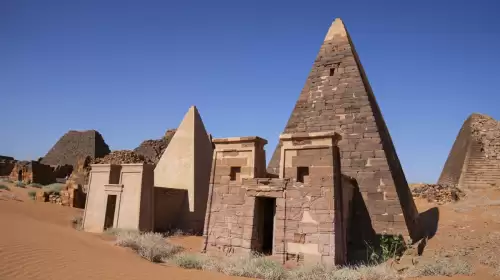The Medusa Mosaic
The Medusa and Odeion stoa floor mosaics in the ancient city of Kibyra in Burdur are now covered to protect them from harsh winter conditions, according to Professor Şükrü Özüdoğru, the head of the excavation.
Historical Significance
The Medusa mosaic, dating back to the early 1st century A.D., portrays the mythological figure believed to have the power to turn onlookers into stone with her gaze. This unique mosaic, created using colorful marbles and the opus sectile technique, is considered a masterpiece.
Excavation Details
Kibyra, situated on three hills in Gölhisar, is a significant archaeological site from the Lycian and Roman civilizations. Excavations led by Professor Özüdoğru have been ongoing since 2010, revealing structures like the Kibyra Stadium, Roman baths, and a theater.
UNESCO Recognition
Kibyra, included in UNESCO's World Heritage Tentative List, attracts visitors with its rich history and architectural marvels. The Medusa mosaic is a highlight of the site, showcasing exceptional craftsmanship and artistic expression.
Preservation Efforts
Each winter, the Medusa mosaic and other significant mosaics in Kibyra are covered to prevent damage from freezing temperatures. The protection measures ensure that these invaluable historical artifacts remain intact for future generations to appreciate.
Architectural Marvels of Kibyra
Besides the Medusa mosaic, Kibyra boasts impressive structures like the monumental Kibyra Stadium, Roman baths, and the unique Kibyra Round Fountain. The city's historical importance is underscored by its well-preserved ruins and intricate architectural designs.





